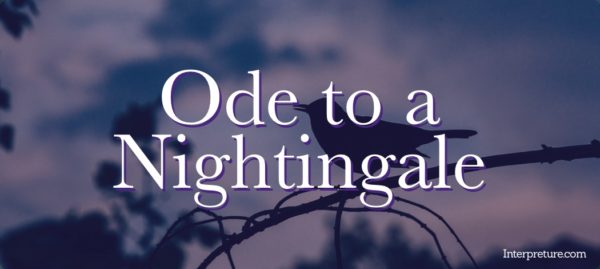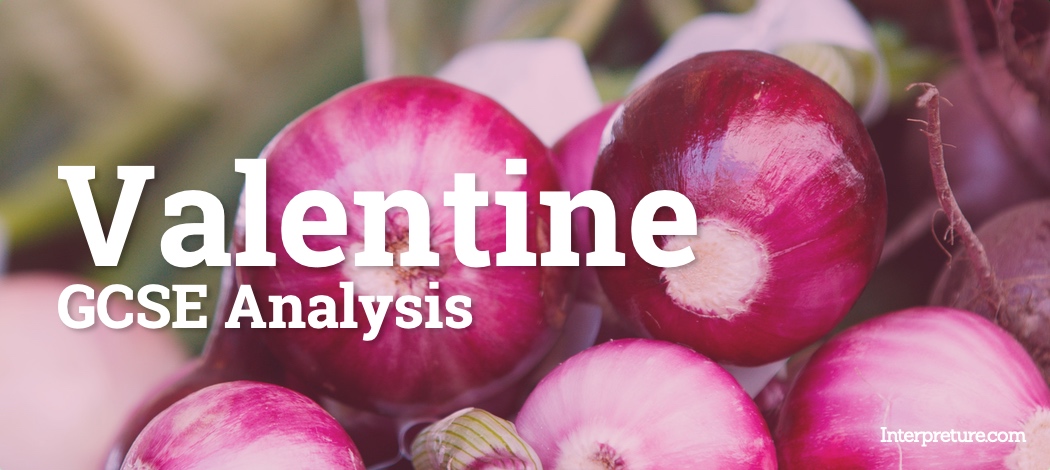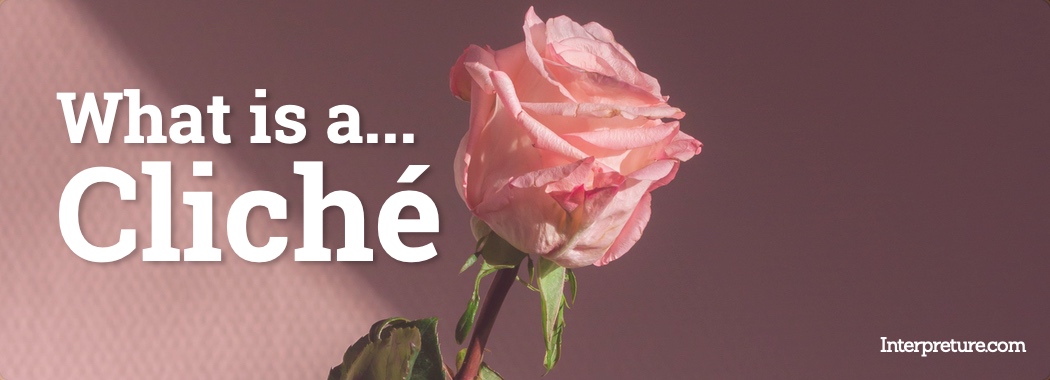‘Ode to a Nightingale’ is a poem by John Keats in which emotions such as sadness and despair are explored, along with ideas related to transience and the passage of time. Keats is an extremely well known and highly regarded Romantic poet, considered to be a member of the ‘new’ second wave Romantic movement. He typically explores a range of philosophical ideas in his poetry, with a key focus being a desire to be remembered after his death, concerned that the passage of time would leave him forgotten. ‘Ode to a Nightingale’ is negative in tone, particularly compared to some of his later works, which look more positively on the world.
This poem could be included in the poetry paper of the Edexcel English Literature exams. You may be required to study this poem depending on which group of texts you are studying. Click here to see notes and analysis for all poems in the ‘English Romantic Verse’ Anthology. It is also a prescribed poem from the ‘Selected Poems: John Keats’ collection for the Edexcel English Literature exam.
‘Ode to a Nightingale’
As with several other poems by Keats, the title of this poem includes ‘Ode’, which would immediately communicate to a reader the style of poem, indicate its structure; and that the poem will focus on the praise of a particular thing or aspect of the world, in this case a nightingale. The use of a nightingale is also significant, due to the various historical connotations and references to this species of bird within literature. In the Romantic movement, a nightingale was highly regarded due to its ability to create unique songs, with Keats highlighting in this poem the memorability and significance of birdsong – particularly in comparison to his own work. Fittingly, many poets from Ancient Greece also referenced nightingales; and here Keats pays homage with both an ‘ode’ (created by the Ancient Greeks) and the focus on a ‘nightingale’.

Structure and Language
Keats uses juxtaposition of ideas and tones throughout the poem to help contrast his personal unhappiness with the freedom of the nightingale. For example, Keats opens the poem by describing how his heart “aches” and he is “dull” from having drunk alcohol, whereas the nightingale is “too happy” to the extent that the narrator is envious. A great example of these mixed feelings is shown in the line “in some melodious plot” where “melodious” describes the pleasant and sweet birdsong, contrasting with the unexpected “plot”, which has a range of negative connotations, largely related to some form of suffering or destruction. This technique is used also in the sixth stanza, with “half in love with easeful Death” providing a strange juxtaposition between two largely separate ideas. This helps to show the reader the depth of emotion that Keats has been feeling, and therefore the power of nature and the nightingale.
There is a consistent structure of eight, ten-line stanzas in ‘Ode to a Nightingale’ plus a regular rhyme scheme of ABAB CDE CDE. This form helps to provide stability to the poem, particularly as the subject matter varies between Keats’s mental state and descriptions of the nightingale and scenery. As such, a reader is unlikely to feel confused or overwhelmed by the structure and can therefore concentrate on the ideas being presented instead. Most stanzas also ends in a full stop, helping to break the poem into manageable chunks. The two exceptions to this are the second stanza ending with a colon, which still provides a strong pause (rather than there being enjambment), and the final stanza ends with a question.
The choice of setting in ‘Ode to a Nightingale’ is also significant, being set around a forest. At first, the narrator is outside the forest, longing to enter with the nightingale so as to escape the world filled with sadness and illness. Inside the forest for most of the poem, the narrator is able to examine its natural beauty, but ultimately returns to the normal world with the forest once again out of reach. The idea of a forest is effective for a reader because of it being a location with distinct imagery, plus it follows the general Romantic concept of the power and beauty of nature, with the forest representing this outer-world place free of pain.
‘Ode to a Nightingale’ Context
The context of poems in the ‘English Romantic Verse’ collection is important to consider as it is an examined assessment objective, and helps to inform higher-level criticisms and evaluations of the effectiveness of a poem. In order to do this successfully you need to have both an understanding of the various contextual links to ‘Ode to a Nightingale’, which are discussed as part of the analysis notes, and of the author John Keats. Look here for Interpreture context notes on John Keats and here are our suggested links to more research context:
In particular, you should have an understanding of the following contextual points related to Keats:
- The links between ‘Ode to a Nightingale’ and his other Odes, and the potential links and transitions shown between them (the 1819 Odes);
- Keats’s views of nature and the natural world;
- The differences between the ‘Old’ and ‘New’ Romantics, and how Keats can be seen to be a ‘New’ Romantic;
- Keats’s views on death, decay and his focus on being remembered after his death (particularly how these worries are found in his other Odes too and the differences between them); and
- Contemporary criticisms of Keats due to his daring and bold writing style.
Important Lines
“And with thee fade away into the forest dim”
In this line, Keats is showing his eagerness to be able to follow the nightingale through its travels of the world, wanting to be as inspired as the bird, and also integrate into the natural world. The use of “fade” is interesting because the desire for subtlety can be interpreted as showing Keats’s lack of happiness in his current situation, and therefore he is willing to disappear quietly and unseen. This idea is continued with the description “dim”, which is unremarkable and natural in comparison to a bright or vibrant setting, further showing Keats as wanting to integrate with nature rather than be a contrast.
“Where youth grows pale, and spectre-thin, and dies;”
Once again, Keats is continuing the idea of subtle imagery through the use of “pale” and “thin” with descriptions related to death and decay. For Keats, the idea of “youth” becoming “pale” and sick would have been a standard everyday occurrence at the time, whereas for the reader today it is likely to be more surprising thanks to advances in medicine and healthcare. Keats is probably describing ‘Consumption’ (known as Tuberculosis today) due to the idea of “spectre-thin”, as weight loss was often a key identifying factor of the illness. It is also interesting to consider the description of “spectre” (ghost) due to both the thinness as described, and the pale complexion, both of which would be strongly associated with illness.
“Thou was not born for death, immortal Bird!”
This proclamation towards the end of the poem helps to emphasise the importance of immortality in this poem, with Keats clearly showing the power of the nightingale over him and over nature. It is also an interesting combination to use “born” and “death” in this way in the same sentence, emphasising the power of the nightingale to be able to subvert these typical realities.
‘Ode to a Nightingale’ Key Themes
- Immortality: The idea of the nightingale and its song is how Keats communicates various ideas related to immortality. Key to this is how he believes the nightingale and its song to be so much more memorable than his own creations, focusing on immortality both in a physical sense and how ideas and memories can continually exist.
- Nature: Unlike in many other poems in the ‘English Romantic Verse’, the inclusion of nature does not focus on purely positive aspects, instead demonstrating the power of nature to give both immortality (through the nightingale’s song) and transience with death (Consumption) and decline. In addition, there is a lack of perspective emphasised, such as in the fifth stanza where Keats describes how he “cannot see what flowers are at my feet”.
Quick Focus Questions
- What is the significance of the speaker being unable to see the flowers in the fifth stanza – could Keats be commenting on society?
- The poem ends with the speaker questioning whether it was a dream or reality. How could this impact a reader and why?
- The focus on the decline and death of humans in this poem could be un-nerving both to readers today and contemporary readers. What contributes to making this effective?
‘Ode to a Nightingale’ is one of Keats’s more significant works, important for showing the development of his poetic style and perspective of the world, along with the rest of his famous 1819 Odes. While specific analysis of the poem may be challenging, there are a wide variety of techniques and interesting lines, plus the overall concept of the poem is in-keeping with many of Keats’s main influences, making links to context easier. It is also interesting to directly compare ‘Ode to a Nightingale’ with ‘To Autumn’ (written just over a month later) to see the shift in Keats’s perspective of nature and the world.






